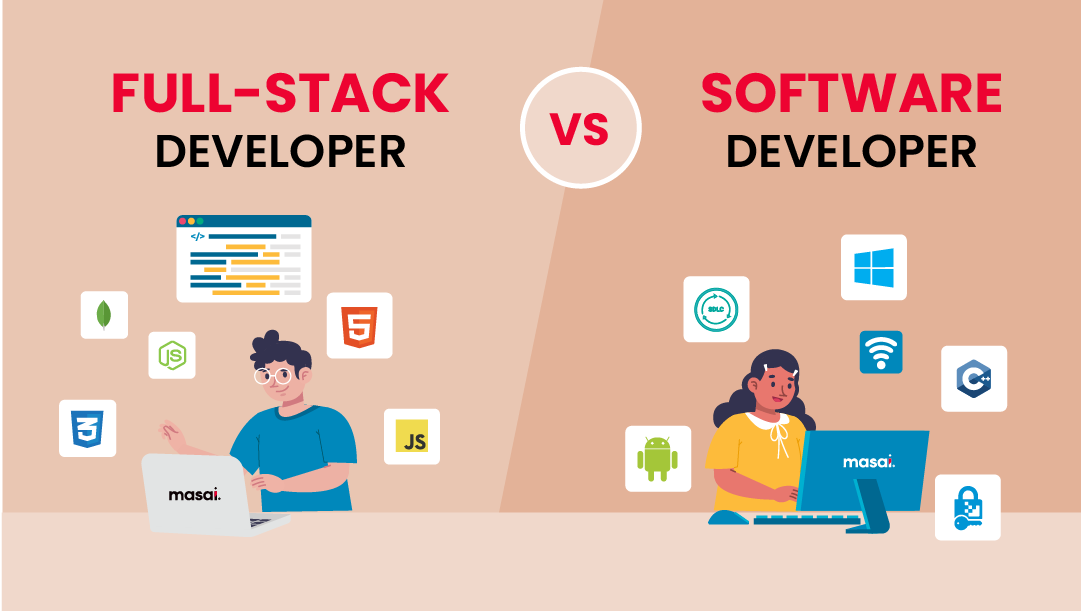Committed Developers vs. In-House Teams: Which Is Right for You?
The decision between using specialized designers and keeping an in-house group is a significant one that can influence the trajectory of your projects and general organization strategy. Dedicated programmers provide a level of adaptability and specialized expertise that can be helpful for specific, short-term initiatives. On the other hand, internal groups add to a natural firm society and a nuanced understanding of long-term goals. By taking a look at vital elements such as budget plan, job range, and wanted control, you can much better determine which method straightens with your organizational needs. The ramifications of this option expand past instant outcomes-- consider the more comprehensive effect on your service landscape.
Comprehending Dedicated Developers
The expanding demand for specialized abilities in the technology market has actually brought about the introduction of specialized programmers as a sensible service for many organizations. These professionals are typically gotten on a task basis, permitting companies to utilize certain proficiency without the lasting commitment connected with full time hires. Committed programmers are usually embedded within a customer's group, giving versatility and scalability to satisfy project requirements.
This model allows companies to access a global skill swimming pool, which is especially useful in a rapidly advancing technical landscape. Dedicated designers can be sourced from different geographical locations, guaranteeing that business can find the ideal capability at competitive prices. They usually bring a wide range of experience and expertise, having worked on varied projects throughout various industries.
In addition, devoted designers can concentrate specifically on the tasks at hand, improving productivity and effectiveness. They are furnished to incorporate flawlessly right into existing workflows, collaborating closely with in-house teams to accomplish project purposes. This strategy not just lowers the concern of recruitment and training but additionally allows companies to continue to be dexterous, adjusting promptly to transforming market demands and technical innovations.
Benefits of In-House Teams

Furthermore, internal groups have a tendency to have a deeper understanding of the company's goal, values, and objectives. This alignment can boost worker involvement and inspiration, as staff member feel much more linked to their job and the organization's success. Furthermore, having a dedicated internal team enables for better placement of strategies and purposes, as these participants are regularly concentrated on the firm's priorities.
Internal groups also promote quicker decision-making processes, as they can react more quickly to adjustments and challenges. The recognized connections and knowledge with business protocols allow for structured workflows and decreased miscommunication. Eventually, the combination of a cohesive culture, placement with organizational goals, and effective communication makes in-house teams a useful asset for numerous organizations, especially those aiming to grow lasting development and technology.
Cost Factors To Consider
When reviewing expense factors to find out consider, both committed programmers and internal teams existing distinctive monetary ramifications for companies. Involving committed programmers usually entails a pay-per-project or per hour rate design, which can be economical for services with varying task needs. This strategy permits for versatility in scaling sources up or down, making certain that business just spend for the services they require.
On the other hand, in-house teams require taken care of expenses, including wages, benefits, and overhead expenses such as office and equipment. While this version uses greater control and prompt accessibility of resources, it might cause greater long-lasting costs, particularly if the workload does not validate a full time staff.
Furthermore, companies ought to take into consideration the concealed prices related to employment and training of internal employees, which can additionally stress budget plans. Sometimes, the time and sources invested on taking care of an in-house team can take away from the organization's core organization objectives.

Project Monitoring and Adaptability
Task administration and flexibility are crucial variables that influence the selection in between specialized programmers and in-house teams. Dedicated teams often have developed processes for handling tasks properly, leveraging certain methodologies like Agile or Scrum, which promote iterative progress and versatility.

Inevitably, the selection in between committed designers and internal teams depends upon the preferred level of versatility and the specific job administration requirements. Companies must review their operational characteristics, project intricacy, and resource availability to identify which option straightens finest with this website their tactical goals.
Making the Right Choice
Picking the right advancement method-- specialized programmers or in-house groups-- requires a cautious analysis of numerous variables that straighten with a company's tactical goals. On the other hand, in-house groups can give far better continuity and assimilation with existing personnel.
Next, assess your budget plan. Dedicated designers commonly offer an economical remedy for temporary tasks, while in-house groups might incur higher long-term expenditures as a result of wages, advantages, and expenses expenses. Examine the level of control and partnership desired; ui and ux developer in-house groups commonly promote more powerful interaction and positioning with business culture.
If immediate outcomes are required, specialized designers can be onboarded rapidly, whereas developing an internal group takes time for employment and training. If continuous advancement is crucial, spending in an in-house group may yield better returns over time.
Conclusion
In conclusion, the choice between internal groups and dedicated developers pivots on job demands and organizational objectives. Conversely, internal groups grow a cohesive society and deeper positioning with long-lasting goals.
The choice between using dedicated programmers and preserving an in-house group is a significant one that can influence the trajectory of your jobs and overall organization approach.Task administration and flexibility are essential variables that influence the selection between internal teams and dedicated programmers. dedicated development team.In comparison, in-house groups might succeed in keeping a consistent job management structure due to their knowledge with the organization's society and long-lasting goals. Dedicated programmers typically offer an economical option for short-term projects, while internal groups may incur greater lasting costs due to incomes, benefits, and expenses costs.In verdict, the choice between committed developers and in-house groups hinges on job needs and organizational objectives
 Robert Downey Jr. Then & Now!
Robert Downey Jr. Then & Now! Anthony Michael Hall Then & Now!
Anthony Michael Hall Then & Now! Destiny’s Child Then & Now!
Destiny’s Child Then & Now! Talia Balsam Then & Now!
Talia Balsam Then & Now! Marcus Jordan Then & Now!
Marcus Jordan Then & Now!